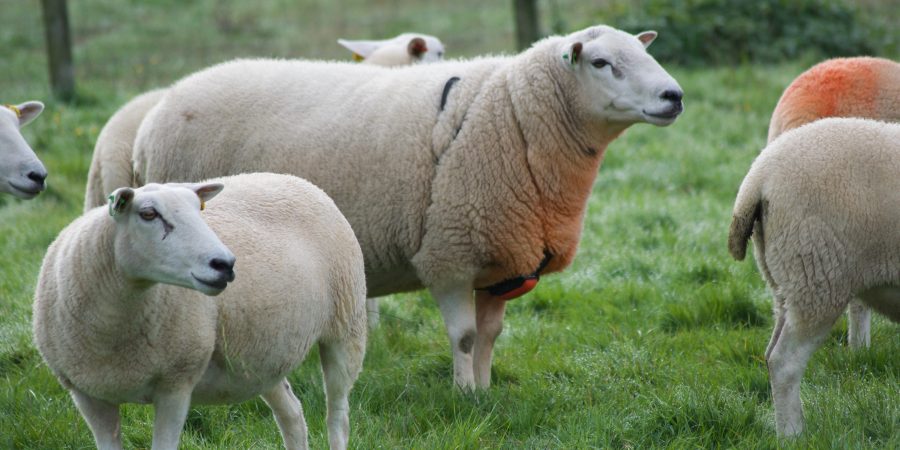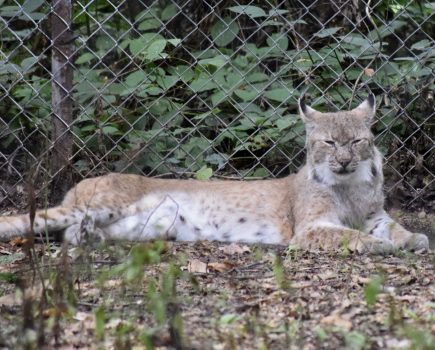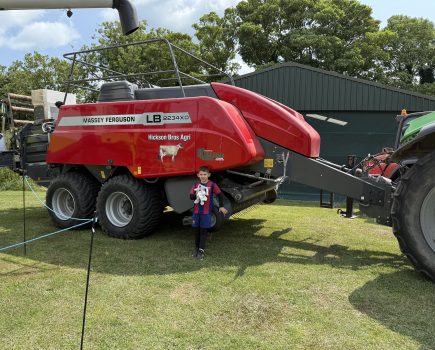As I write it’s approaching mid August and I really don’t know where time has gone. With weaning done, we are already thinking about next year’s lamb crop. Preparations are underway to get both ewes and rams fit for tupping; much of what is done now will determine the potential lamb drop next spring.
Culls have been drafted and sold for various reasons, largely age related; all still had full mouths, a couple had been lame just once too often and a few were a bit saggy in the udder, making life a bit difficult for lambs, but only one was sold for poor condition. They sold well at Ashford, a good indicator of their condition at weaning in spite of the difficulties of the previous 12 months, testament to how well the Lleyn, as a breed, is able to respond to challenging conditions. The ewes have been body condition scored (BCS) and most are on track to meet their 3.5 BCS target by the time they join the rams, although the tegs are doing just a little too well. In spite of being almost entirely grass fed since weaning, some need a careful watch to ensure they don’t overshoot.
The rams are also looking good; often overlooked until a couple weeks before they are required for work, they require just as much, if not more (about 10 weeks) preparation than ewes. Certainly what happens over the next month or so will impact on sperm production. It’s rather too easy to forget that the process of spermatogenesis takes about seven weeks and any major hiccups in the run up to mating can have a significant impact on ram fertility. I note that AHDB Beef and Lamb now refers to ram preparation as the five “Ts”, rather than four, i.e. teeth, toes (feet), testicles, tone (condition) and treatment (routine vaccinations, worming etc.), all of which need to be dealt with well in advance of them going to work.
To tease or not to tease also needs to be considered soon. Although it helps to tighten up lambing I find it difficult, with a small flock, to justify the cost of running a teaser all year just for a couple of weeks work pre-tupping. I do, however, find that running a bunch of ram lambs next to the ewes for a couple of weeks prior to the rams going in functions just as well, although fences do have to be secure. It certainly works with our ewes; it has been quite a few years since the Lleyn lambing has extended beyond 21 days and in the past few years it has ranged from 15 to 19, all making lambing a rather less challenging experience, particularly with outdoor lambing; something that has been achieved in part by selecting for precocious ewes and in part by teasing.
The recent change in the weather may be presenting all sorts of problems for arable producers but it has at least produced a decent flush of grass. As things are going at the moment we are building up a decent wedge of grass for late summer and early autumn grazing, just what we need for tupping, although, that said, things could once again change fairly quickly. Interestingly our un-topped paddocks, although untidy, responded so much more rapidly than those that had been tidied up.
Size isn’t everything, as they say
At present things are looking quite promising for next year’s lamb crop, I wish the same were true of lamb prices, which have taken a significant hit recently, particularly for grass-finished lambs. I had some lambs that were about ready when I took the culls in, but with prices as they were I decided to hang on in the hope of prices picking up, they are not being pushed so will not spoil, but they will make a bit more weight.
Once again there seems to be some considerable debate about size and efficiency of grazing livestock. I read an interesting article from the US recently – which sadly I can’t find again – which spoke about how a number of beef producers are pulling back on the size of their breeding cows in order to improve efficiency and output in terms of kg of beef sold per ha (acres in the US). Quite surprising in some ways for a country where size often appears to be the be-all and end-all, but not surprising in terms of chasing efficiency.
With sheep, output in terms of kg of lamb per ha will almost always favour the smaller ewe. Going back a few years, in the days of the MLC (some in the industry will still remember), they used to produce statistics on output per ha by breed or cross; every year it was either the Lleyn or Welsh Halfbred that topped the league, medium-sized, efficient, prolific and productive ewes.
It’s simply a matter of doing the sums. For too long we have focused on output per ewe, where we should be concentrating on output per ha. By virtue of their potential for higher stocking rates (in terms of kg ewe per ha), and lower dry matter intake, a medium sized ewe of say 65kg will at the same lambing percentage outperform a 75kg ewe by anywhere between £60 and £65 per ha even after allowing for differences in finishing weights and sale value in terms of p/p/kg; not a lot, but it all helps. OK, it is just a simple example, but regardless of system, the results, although they may not always be of the same magnitude, will almost invariably be of the same order.







